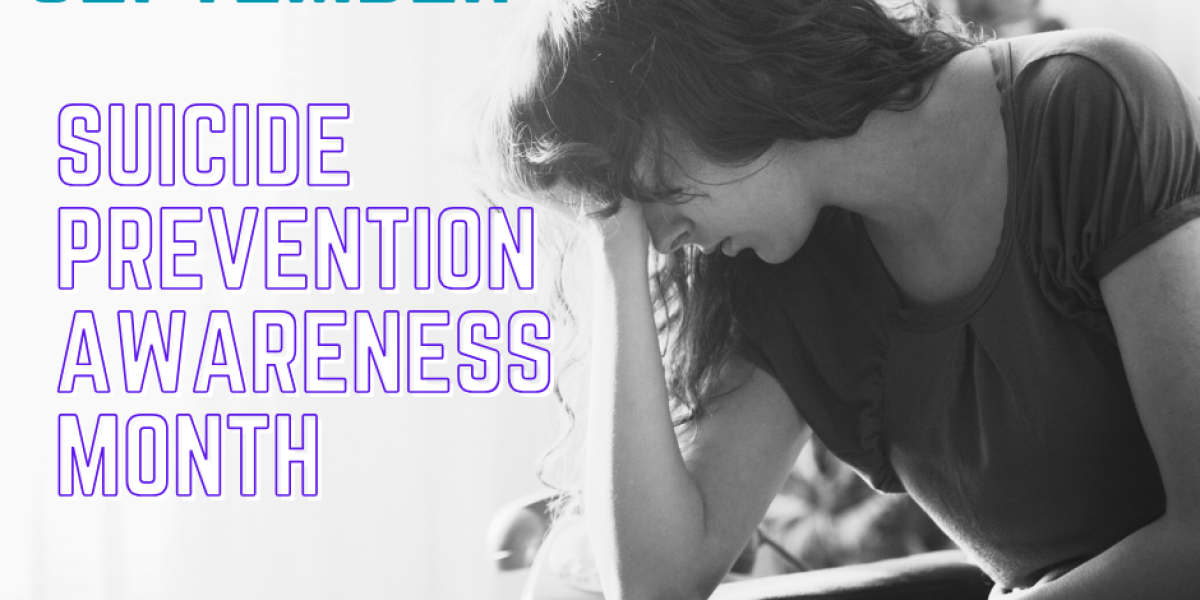Introduction
Every year, September is observed as Suicide Prevention Month. This dedicated month serves as a critical reminder of the importance of addressing the global issue of suicide. According to the World Health Organization (WHO), nearly 800,000 people die by suicide annually, making it a significant public health concern. However, it’s important to remember that suicide is preventable, and this month offers a valuable opportunity to raise awareness, reduce stigma, and promote resources and strategies for prevention.
Understanding the Problem
To effectively address suicide, it’s essential to understand its complex nature. Suicide is not solely an individual’s choice but is often a manifestation of deep emotional pain, mental health disorders, or overwhelming life circumstances. Common risk factors include depression, anxiety, substance abuse, previous suicide attempts, access to lethal means, and social isolation. Additionally, societal factors such as discrimination, poverty, and lack of access to mental health care can contribute to the risk.
Breaking the Stigma
One of the biggest hurdles in suicide prevention is the stigma associated with mental health issues and suicide. Many individuals who are struggling hesitate to seek help due to fear of judgment or discrimination. Suicide Prevention Month encourages open conversations about mental health, emphasizing that seeking help is a sign of strength, not weakness. We can create a more supportive environment for those in need by eradicating the stigma.
Promoting Awareness
Suicide Prevention Month aims to educate the public about the warning signs of suicide and how to respond when someone is in crisis. Some common signs include:
- Expressing a desire to die or feeling hopeless.
- Withdrawing from social activities.
- Giving away possessions or making final arrangements.
- Dramatic changes in behavior, mood, or appearance.
- Increased use of alcohol or drugs.
By recognizing these signs and taking them seriously, friends, family members, and colleagues can provide much-needed support. Encouraging open and non-judgmental communication is key to connecting with someone who may be struggling.
Support and Resources
There are numerous organizations and resources available for individuals experiencing suicidal thoughts or for those who want to help someone in crisis. The National Suicide Prevention Lifeline (1-800-273-TALK) provides confidential support 24/7. Crisis text lines, local mental health centers, and online communities offer valuable assistance.
Preventative Measures
Preventing suicide requires a multi-faceted approach:
- Mental Health Support: Improve access to mental health care and reduce the stigma associated with seeking help.
- Education: Teach individuals to recognize the signs of suicide and how to respond effectively.
- Restrict Lethal Means: Reduce access to lethal methods of suicide, such as firearms, medications, and poisons.
- Support Systems: Foster strong social support networks to combat isolation.
- Public Policy: Advocate for policies prioritizing mental health and suicide prevention.
- Youth Outreach: Focus on prevention efforts among young people through schools and community programs.
Conclusion
Suicide Prevention Month serves as a crucial reminder that suicide is preventable, and each of us has a role in saving lives. By understanding the complex nature of suicide, breaking the stigma surrounding mental health, promoting awareness, and offering support and resources, we can make strides toward reducing suicide rates and creating a more compassionate society. Remember that together, we can make a difference and provide hope to those who need it most.





